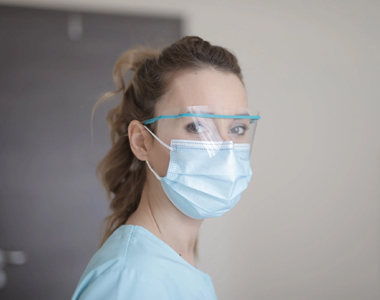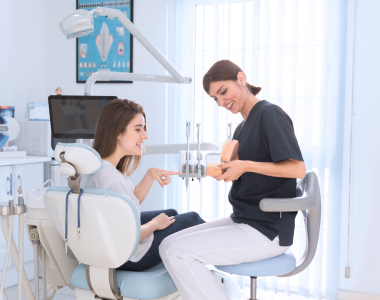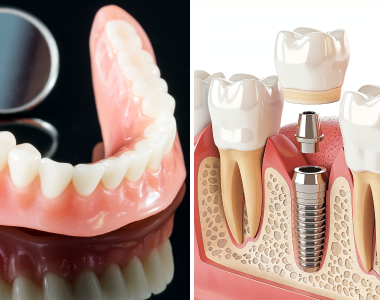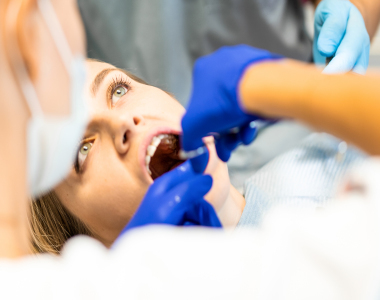
How to avoid the risks of Mask Mouth?
Written by- https://orawellness.com/
There’s a new oral health development due to the events of 2020 that warrants a discussion.
Dentists are witnessing an uptick in the prevalence of dry mouth, gum disease, and tooth decay.
This uptick is being attributed to habitually wearing masks for long periods, which is why the media has named this new phenomenon “mask mouth”.
In this article, the focus will be on the solutions.
There’s a physiology behind how wearing a mask can impact one’s oral health and how to reduce the risks. Understanding how masks can affect our mouths can help us to take action so we can safely wear masks, while maintaining our oral health.
What is “mask mouth”?
Mask mouth is a new phenomenon for our global culture – it refers to the effects on our oral health due to long-term mask usage. Due to the pandemic, the public at large is now faced with having to navigate the impact of prolonged habitual mask-wearing, including mask mouth.
First, let’s take a look at what causes mask mouth. Then we’ll look into what you can do to avoid the risks of mask-wearing.
What happens to our teeth when wearing a mask?
Did you know that one cause of tooth decay is dry mouth?
Yep, saliva levels play a huge role in whether or not the thug bugs implicated with tooth decay (and gum disease) gain the upper hand in the oral microbiome.
Decreased saliva levels allow these trouble-causing oral pathogens to build their numbers.
Wearing a mask might make you less likely to drink water during the day to stay hydrated and maintain the moisture important for a healthy mouth.
You might also find yourself breathing more often through your mouth instead of your nose when wearing a mask.
Habitual mouth breathing also invites a host of other system-wide breakdowns, including bad breath and even teeth becoming misaligned over time (because it prevents the tongue from being in the proper position against the roof of the mouth to help support the alignment of the teeth).
So, here’s the issue summary as it’s seen…
- Wearing a mask may make you less likely to drink water frequently, and more likely to breathe through your mouth.
- Both of these lead to decreased saliva and dry mouth.
- A dry mouth allows thug bugs to proliferate and gain the upper hand in the oral microbiome.
- If the above steps are habitual, then this shift in the oral microbiome causes an increased tendency for both tooth decay and gum disease
So if masks have to be worn right now due to the pandemic, what can be done to help ourselves?
What can be done to mitigate the risks of mask mouth?
Thankfully there are several actions that can be taken up to help navigate this challenging situation.
1. Find opportunities to safely remove your mask during the day.
Simply put, seek to limit the amount of time you are breathing through a mask. Why risk causing the physiological down-regulation for longer than you have to?
For example, the next time you’re on the road, take notice of how many people you see driving in cars by themselves while wearing a mask. When you’re in the car alone, that’s a good opportunity to give your body a break by lowering your mask and breathing freely (through your nose, of course!).
2. Be conscious of your breathing and water intake.
If you need to wear a mask for longer periods, tune into your breathing. By bringing conscious awareness to your breathing regularly, you can remind yourself to breathe easily through your nose, and also to take breaks for water when it is safe.
While in a mask-heavy zone, try setting a timer for every 15-30 minutes. This way, your little timer can go off and remind you to turn your attention to taking 5 slow, deep breaths.
3. Learn to keep your tongue in the ‘home’ position and to breathe through your nose all the time (even when you’re not wearing a mask).
This gem is a big one for us.
This technique has SO much benefit for the entire being. Limiting to just the scope of this article, learning to keep your tongue in the ‘home’ position helps to maintain existing saliva levels and it can even help to naturally increase the saliva production.
Also, if the tongue is trained to rest in the place where it’s meant to hang out (the roof of the mouth), it becomes natural to breathe more fully, which addresses some of the negative consequences of mask-wearing.
4. Maintain a good oral hygiene routine.
Some people start slacking on their oral hygiene when they know they’re going to be wearing a mask. After all, who’s going to smell your breath?
While it might be tempting to save time by skipping some brushing sessions, this can be detrimental to the long-term oral health. (Also, remember that whether it’s fresh or stinky, you will be the one who is stuck smelling your breath in that mask! )
In all seriousness, it’s important to maintain diligence with healthy oral hygiene habits, including conscious brushing, flossing, and tongue cleaning daily.
 Review Us
Review Us Review Us
Review Us 

